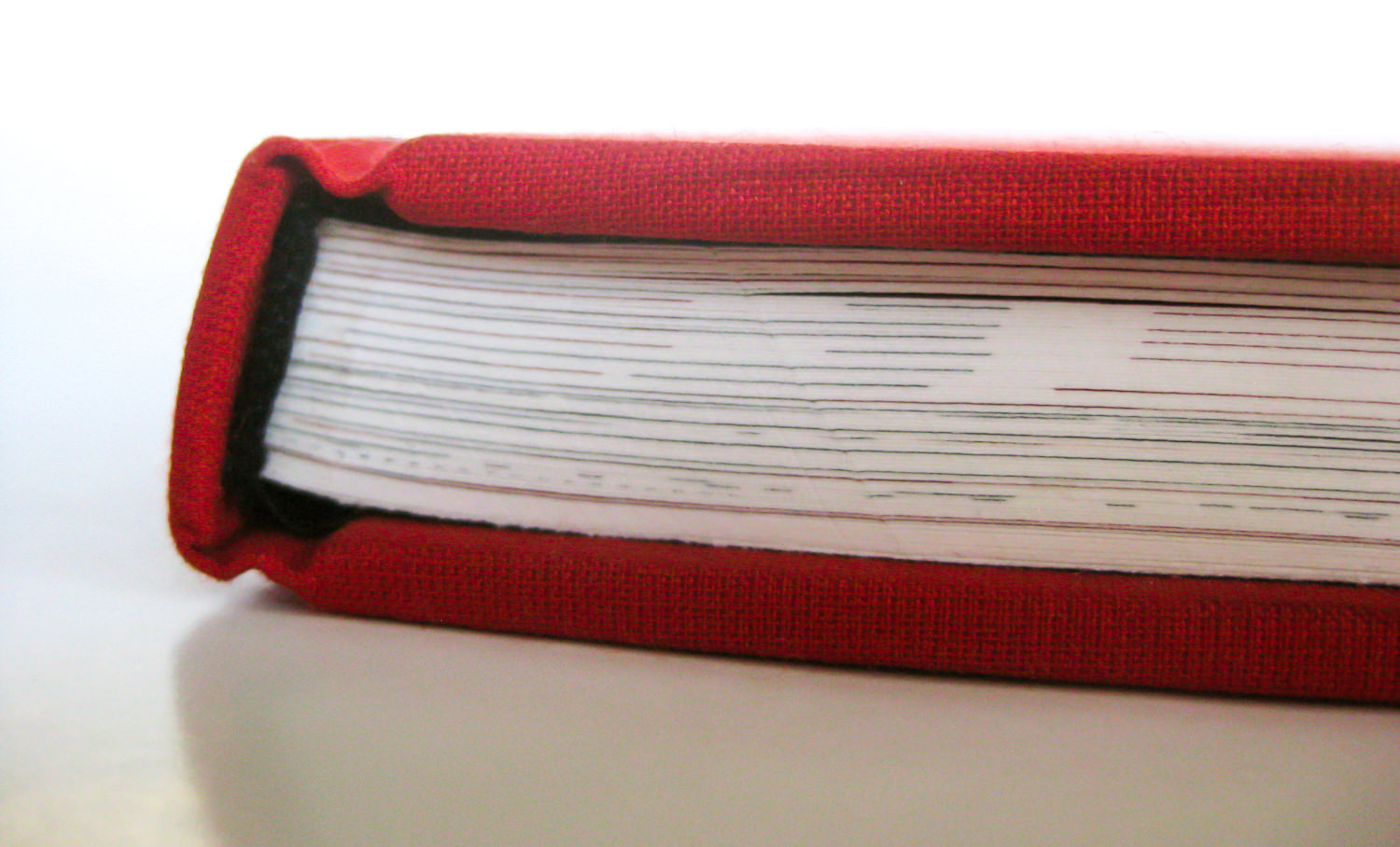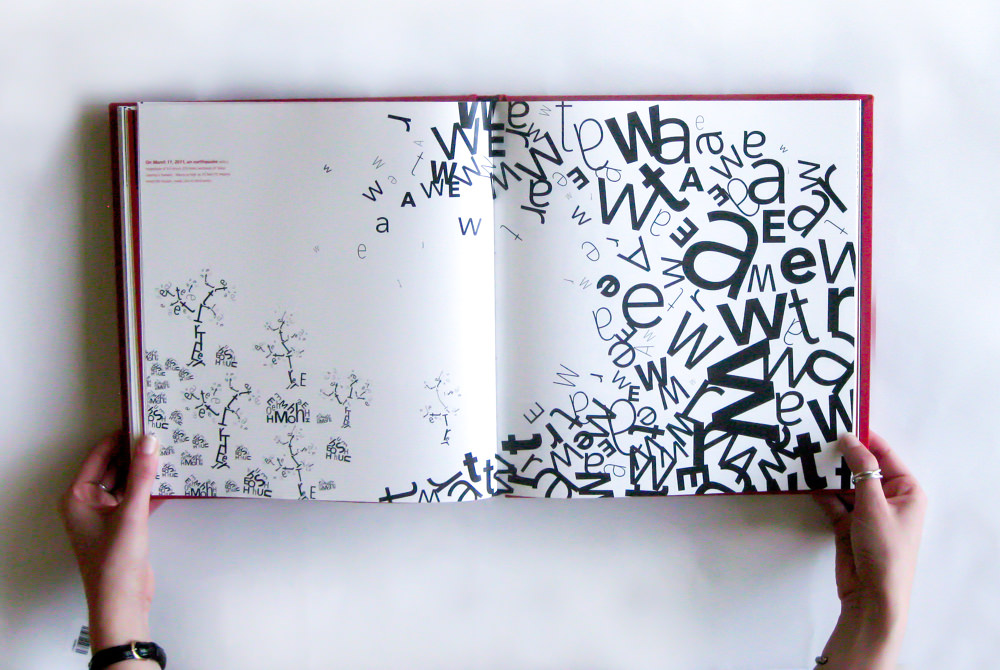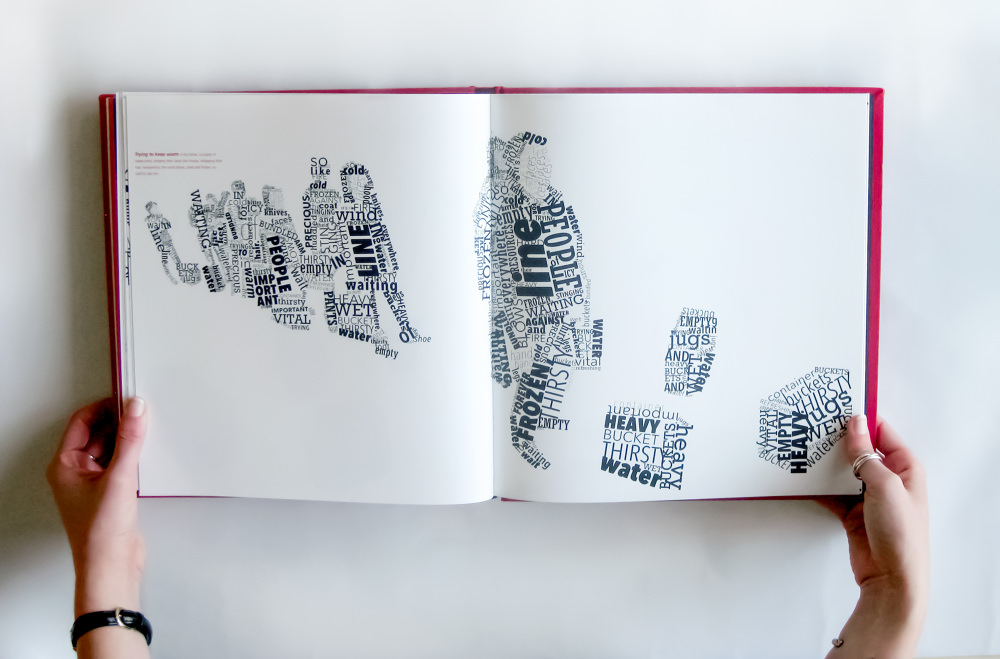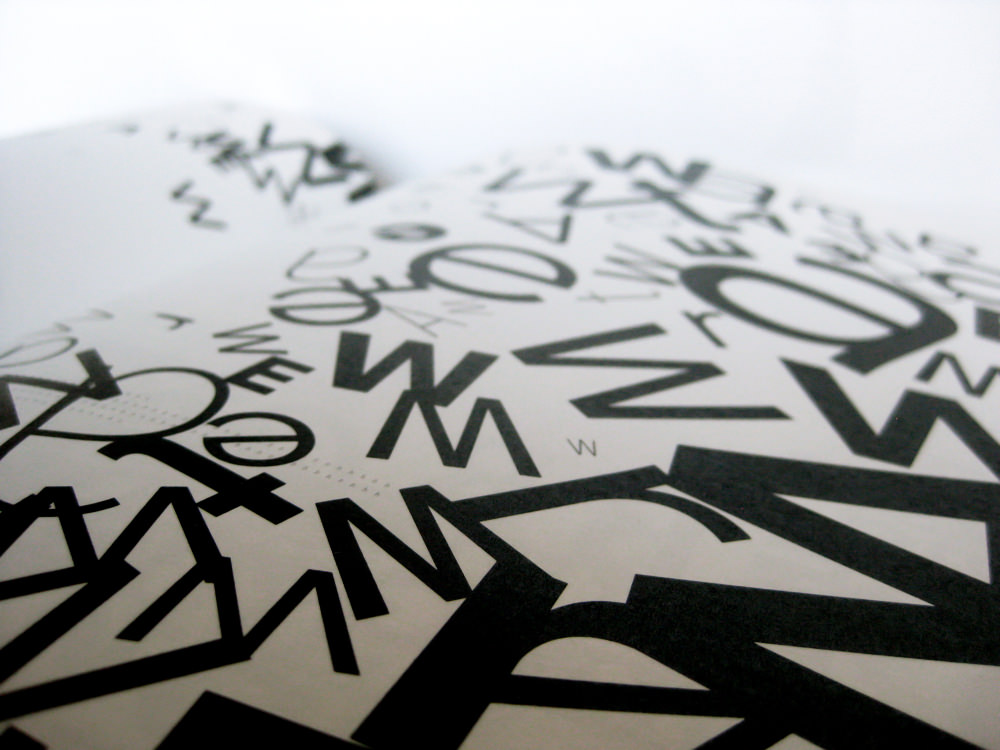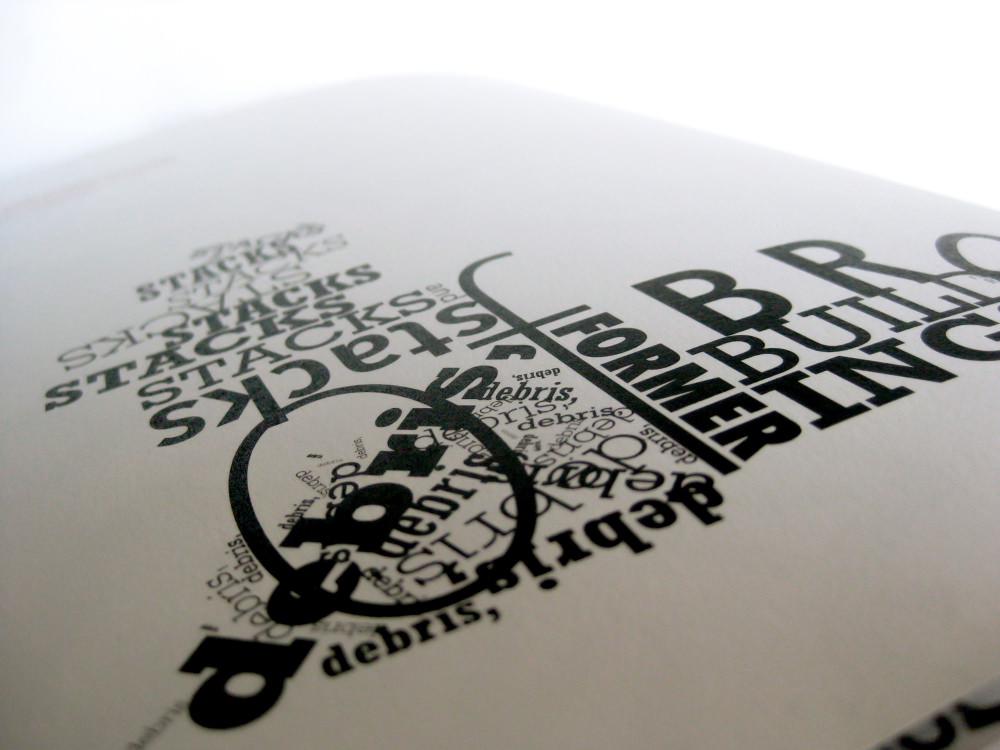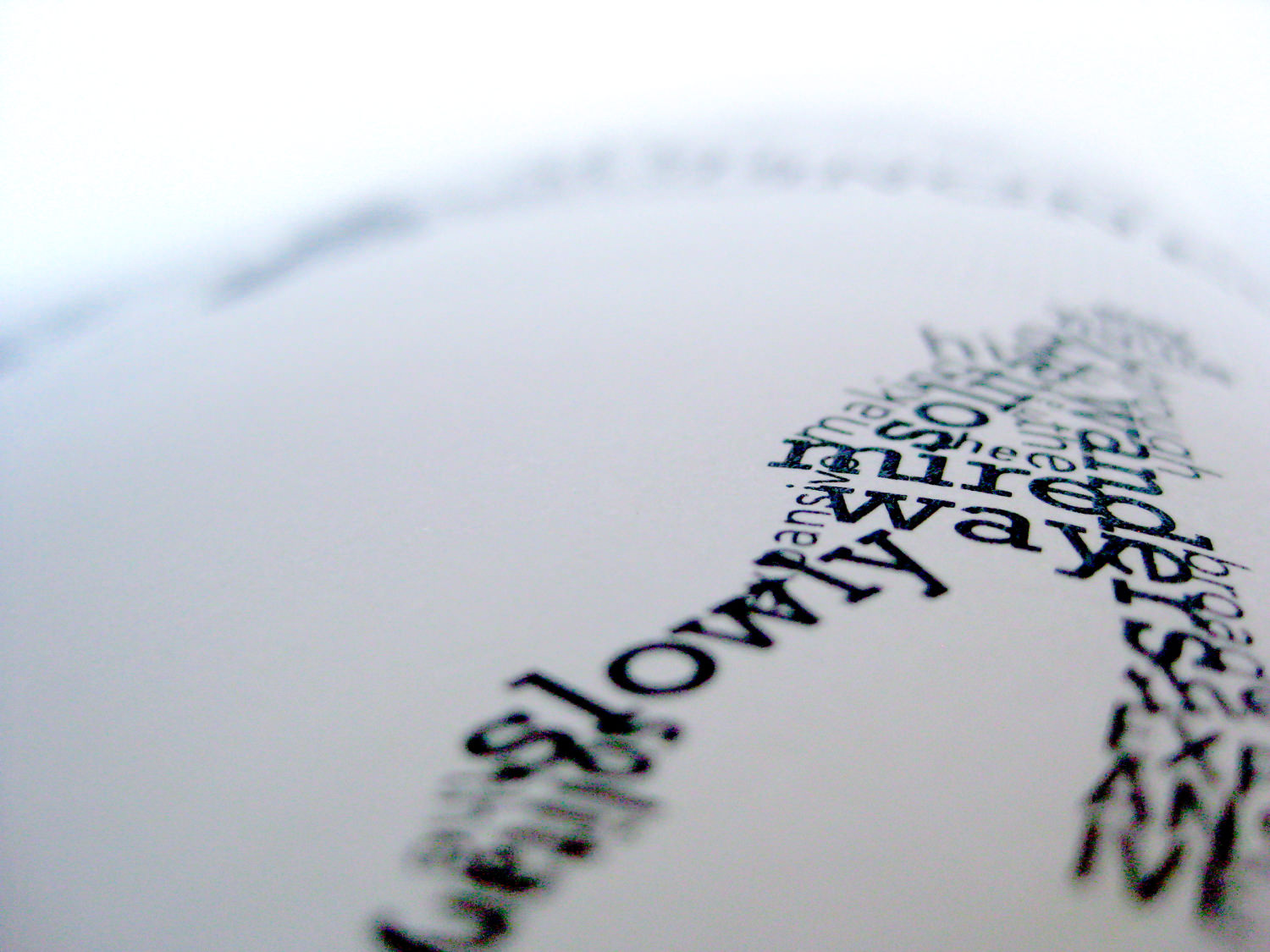
Japan: Stories of the Tsunami
I divided this book into three parts and two languages to impress upon the readers the devastating effects of the March 11, 2011 Tsunami, which destroyed so many lives, homes, and hopes in Japan. With selected articles from the New York Times, images both from the Times and National Geographic, as well as typographical compositions of my own creation, the story unfolds. The initial shock, and the ensuing chaos and recuperation from such a colossal impact to a comfortable, well-established way of life. It’s a story of recovery and rejuvenation after a severe trauma.


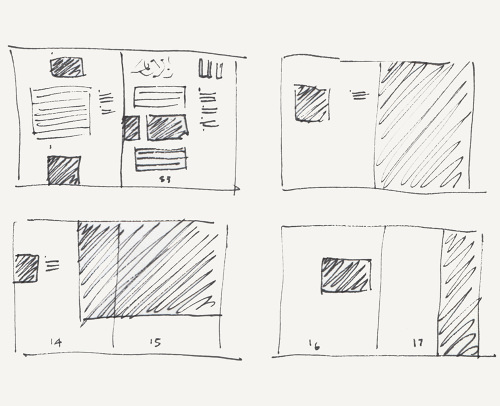

The challenge with an event happening right now, and so far from home, is access to strong content is hard to come by. This is not just organization, it’s also curation. How does the reader know which part to read? Are the two languages structured side by side or are they laid out one after the other? Inspired by a Phaidon publication from the seventies about Josef Müller-Brockmann, which printed its introduction in three languages side by side, I decided to accept the challenge of distinguishing them to keep the flow of the story moving simultaneously.
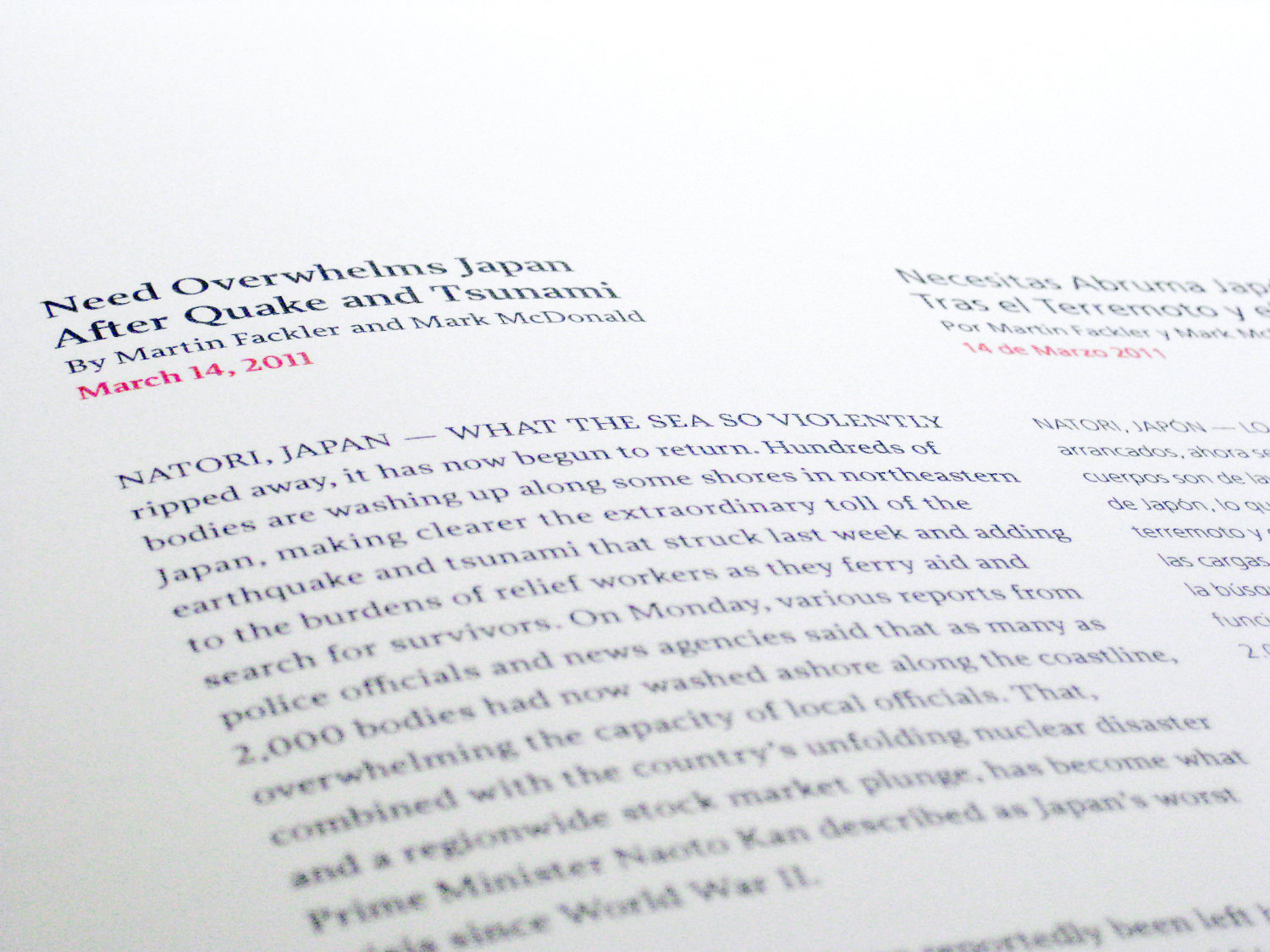
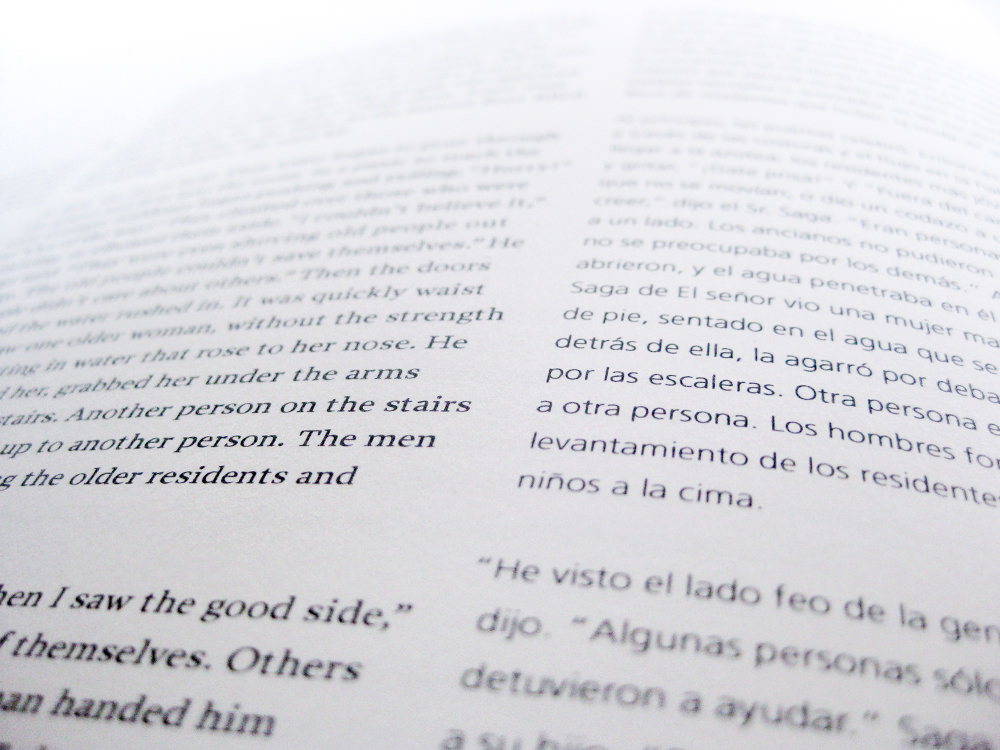

This was part of my typographical education in Spain, but I took the project much further than the boundaries of the initial assignment. The prompt was simple: design two chapters of a book, and learn how to organize content in at least two languages. Typically this was assigned as a research project centered around a designer or architect, but with the Tsunami in Japan having hit days before the assignment, a current event took precedent. It didn’t seem right to stick to the assigned two chapters. I wanted to carry the full story. The finished book, printed and bound, is 127 pages.
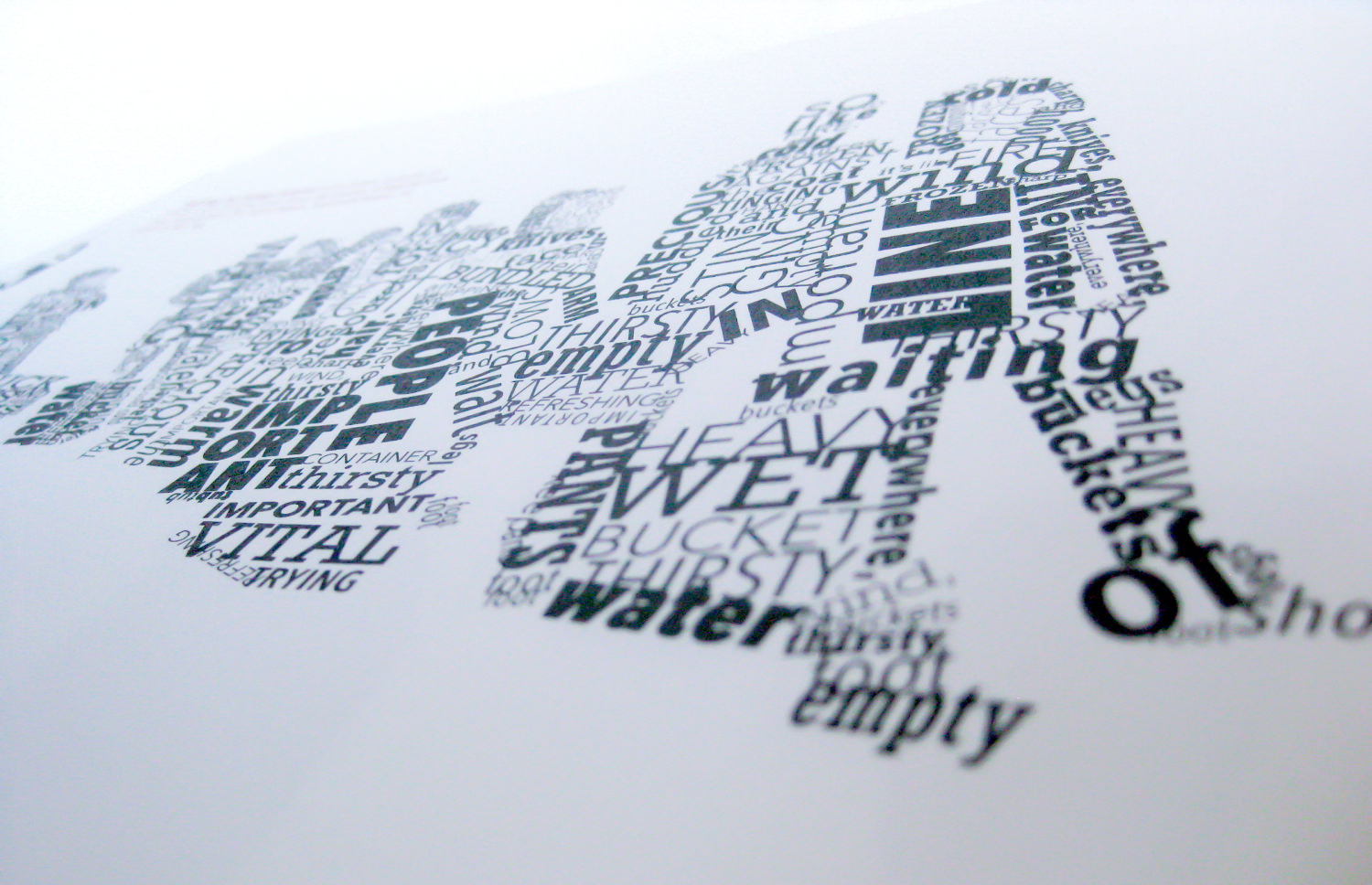
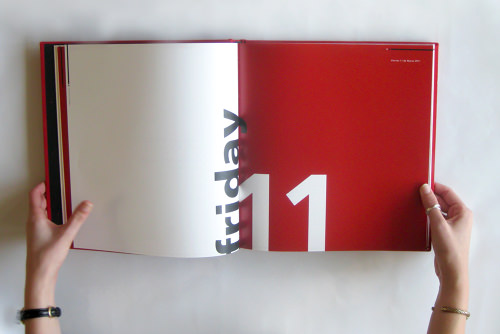
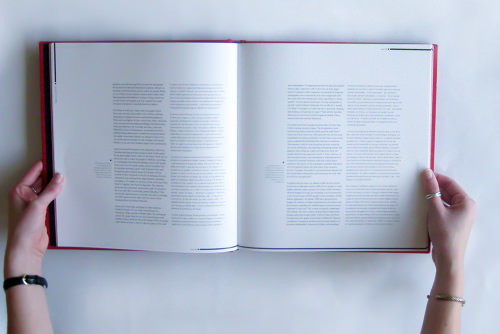
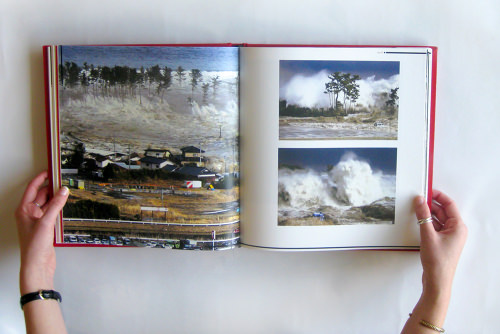
Three parts. Each part told the same story in a different way. Part One: A series of articles to unfold the story. Part Two: A series of photographs. Part Three: An emotional set of illustrations compiled from words describing the situation. The calm before the storm. The fear, the calamity, the chaotic dispersal of family members and possessions. The slow, painful recovery, supported by the community and floods of outside help. I wanted to make sure the human element was captured on every page. I spent a great deal of time working out the structure of the content. I wanted the reader to know and feel and understand, but to be left with a glimmer of hope.
